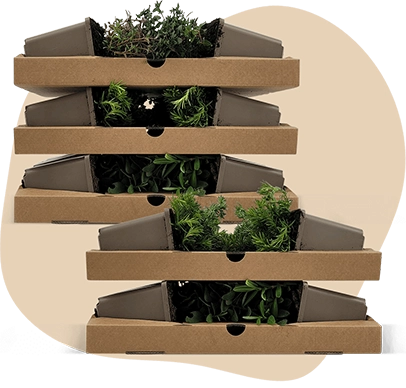Description
Prunus spinosa C3 80-100 | Blackthorn
The Prunus spinosa, commonly known as Blackthorn, is a shrub with an upright to bushy growth habit. This plant typically reaches a height of up to 450 cm and is known for its dense, thorny branches. The leaves of the Prunus spinosa are green, small, and oval-shaped, with a slightly rough texture. Although not evergreen, the Blackthorn is appreciated for its resilience and ability to thrive in various conditions. It is a low-maintenance plant, making it a popular choice for gardeners. Additionally, the Blackthorn produces small, dark fruits that attract birds and other wildlife.
Key Plant Characteristics of Prunus spinosa
- Prunus spinosa blooms in March and April, showcasing white flowers that are attractive to butterflies, bees, and bumblebees. The flowers are also fragrant.
- This plant thrives in sunny or partially shaded locations for optimal growth.
- Prunus spinosa is adaptable to all soil types, provided the soil is well-drained.
- The shrub features dark brown bark and thorny branches.
Prunus spinosa is a versatile
garden plant that can enhance any garden setting.
Application of Prunus spinosa in the Garden
- Prunus spinosa is versatile in the garden, suitable for use as a solitary plant, border, or in group plantings. It is also ideal for creating natural hedges.
- This plant is winter hardy, tolerating temperatures as low as -34.4°C, making it robust in various climates.
- Prunus spinosa combines well with other shrubs, especially those that thrive in sunny or partially shaded areas.
- The plant's greatest ornamental value lies in its white blossoms in spring, which attract birds and pollinators.




























